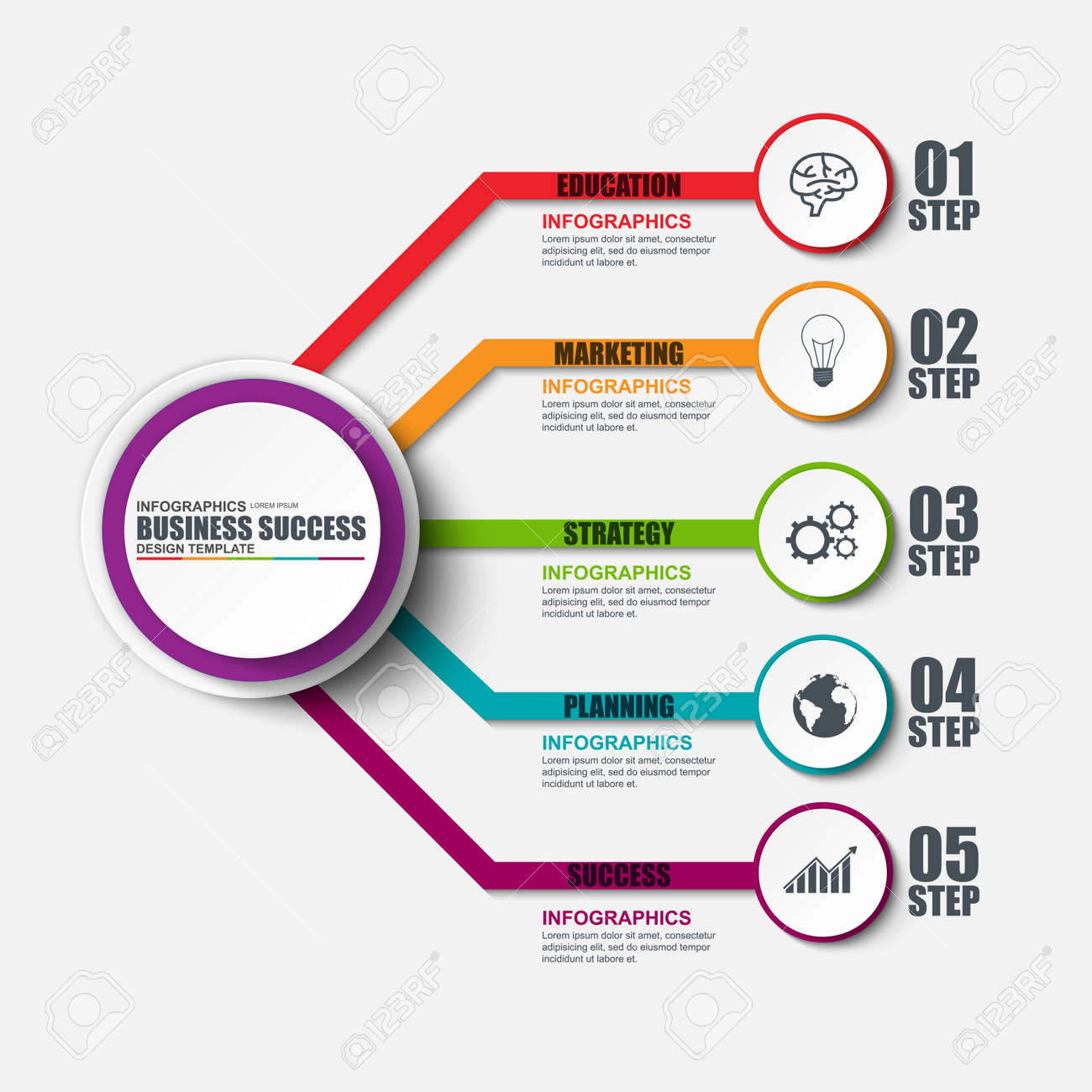The Growth Of Website Style: From Earlier Times To Now
The Growth Of Website Style: From Earlier Times To Now
Blog Article
Short Article Composed By-Kahn Molina
In the past, web sites were basic and concentrated on information. Navigation was straight, and design was for desktops. Now, customer experience is essential. Information overviews designs for easy navigation. Responsive layouts fit different gadgets. Today, dark mode lowers strain, and minimalist menus boost navigating. Interactive attributes involve users, and bold visuals stand out. AI integration enhances engagement. See how https://www.dentaleconomics.com/practice/marketing/article/14210503/12-dental-seo-tips-for-2022-part-2 has progressed to boost your online trip.
Very Early Days of Website Design
In the very early days of web design, simpleness preponderated. Sites were fundamental, with limited colors, typefaces, and designs. The emphasis got on providing details instead of showy visuals. Customers accessed the net through slow dial-up connections, so rate and functionality were vital.
Navigation food selections were straightforward, commonly located on top or side of the web page. Web sites were designed for desktop, as mobile surfing had not been yet prevalent. Material was king, and developers prioritized simple readability over complex layout components.
HTML was the primary coding language utilized, and designers had to work within its restraints. Computer animations and interactive features were very little contrasted to today's requirements. Sites were static, with little dynamic material or tailored individual experiences.
Rise of User-Focused Layout
With the development of web site design, a change towards user-focused layout concepts has come to be increasingly famous. Today, creating internet sites that prioritize customer experience is vital for engaging visitors and accomplishing business goals. User-focused style includes recognizing the needs, choices, and behaviors of your target audience to tailor the internet site's design, web content, and features appropriately.
Designers now conduct comprehensive research, such as individual studies and functionality screening, to gather insights and feedback directly from users. This data-driven strategy assists in producing instinctive navigating, clear calls-to-action, and aesthetically enticing interfaces that resonate with site visitors. By positioning the user at the facility of the design procedure, websites can supply a much more tailored and enjoyable experience.
Responsive layout has actually additionally become a crucial facet of user-focused style, making sure that sites are maximized for numerous devices and display dimensions. This flexibility improves access and use, dealing with the diverse means users connect with websites today. Basically, the rise of user-focused layout represents a shift in the direction of creating digital experiences that prioritize the demands and assumptions of completion customer.
Modern Trends in Website Design
Discover the latest trends shaping website design today. One popular pattern is dark mode design, supplying a sleek and modern look while decreasing eye strain in low-light atmospheres. An additional essential pattern is minimalist navigation, streamlining menus and improving individual experience by concentrating on essential elements. Incorporating micro-interactions, such as animated buttons or scrolling impacts, can develop a much more appealing and interactive web site. Receptive design stays crucial, making sure smooth user experiences across different tools. In addition, using strong typography and asymmetrical layouts can include aesthetic interest and draw attention to particular content.
Integrating AI innovation, like chatbots for client assistance or customized referrals, enhances customer engagement and streamlines processes. Accessibility has additionally come to be a significant fad, with developers focusing on inclusive layout techniques to satisfy diverse user needs. Accepting sustainability by maximizing web site efficiency for speed and performance is an additional emerging pattern in web design. Working together with customer responses and information analytics to iterate and enhance style continually is crucial for staying relevant in the ever-evolving electronic landscape. By embracing these contemporary trends, you can create an aesthetically appealing, straightforward site that reverberates with your audience.
Conclusion
As you review the evolution of internet site style from the early days to now, you can see just how user-focused layout has become the driving pressure behind modern patterns.
Embrace the trip of modification and adjustment in web design, always keeping the individual experience at the center.
Keep current with the current fads and technologies, and never ever stop developing your strategy to develop visually spectacular and easy to use web sites.
Develop, adapt, and produce - the future of web design is in your hands.
